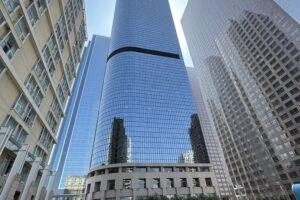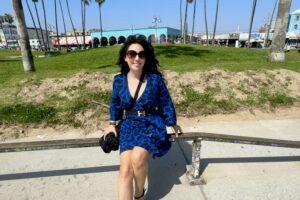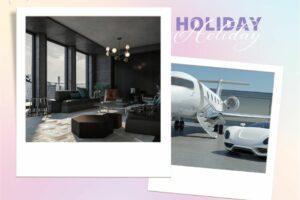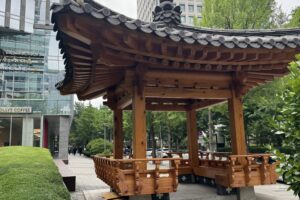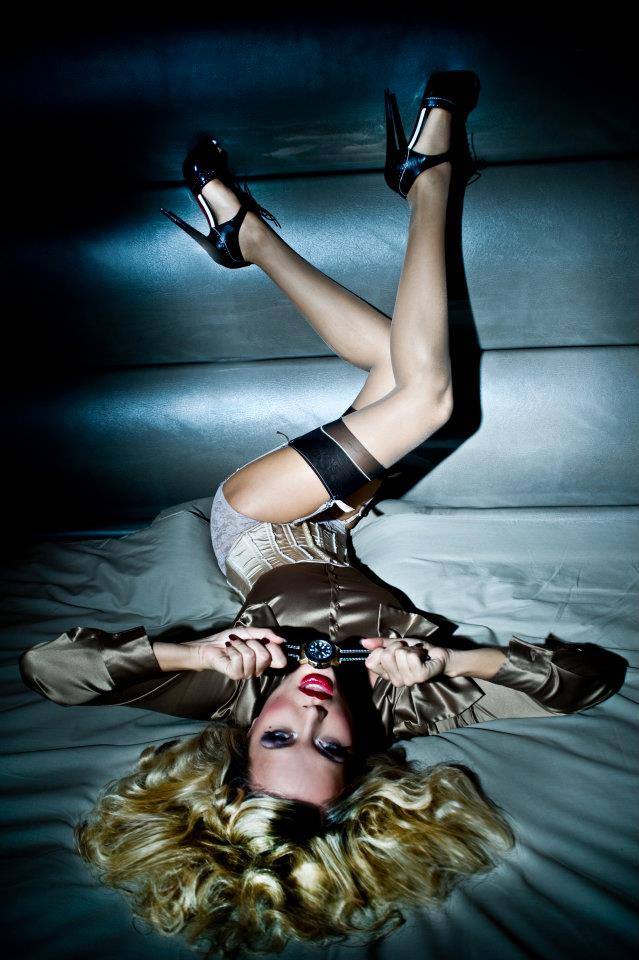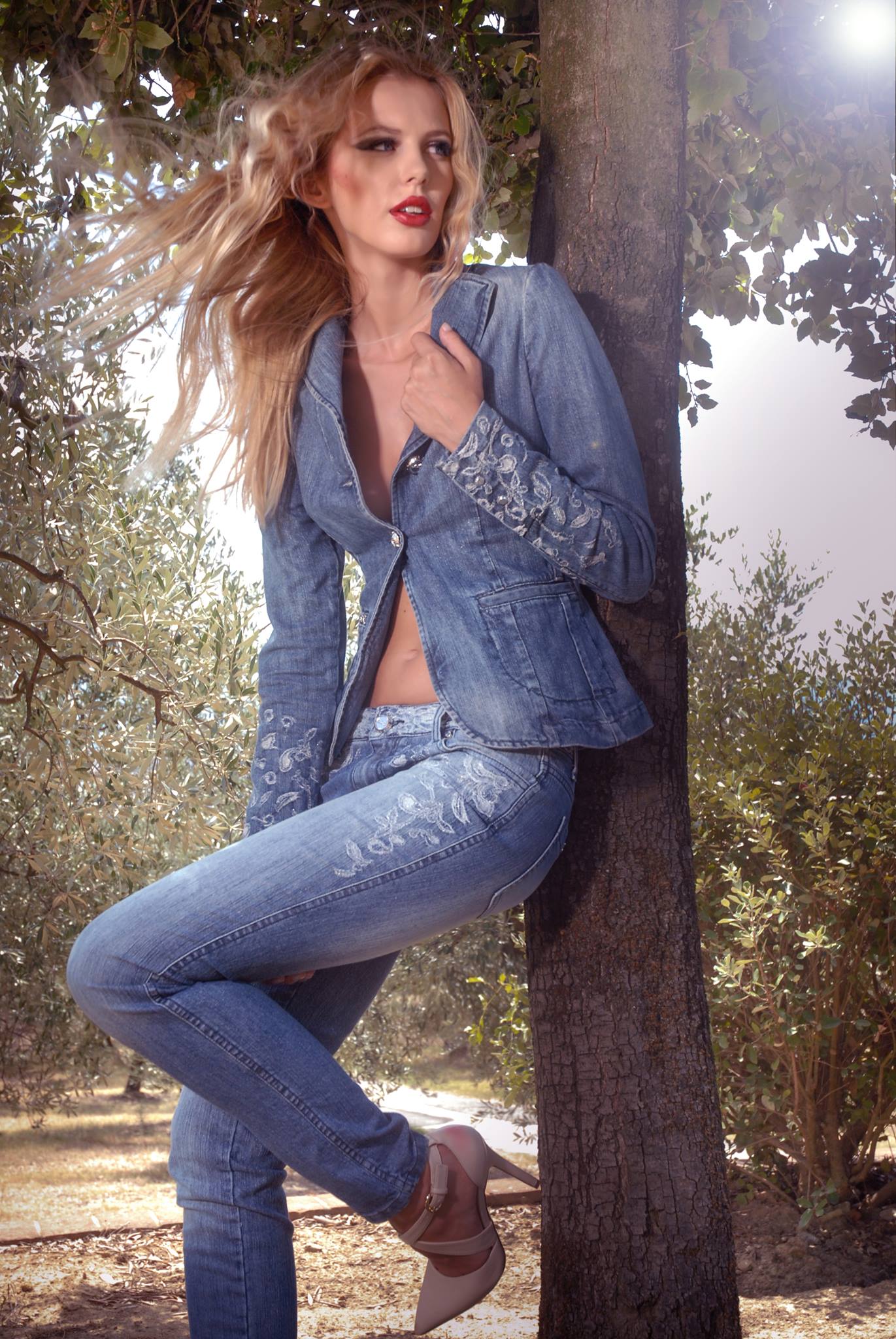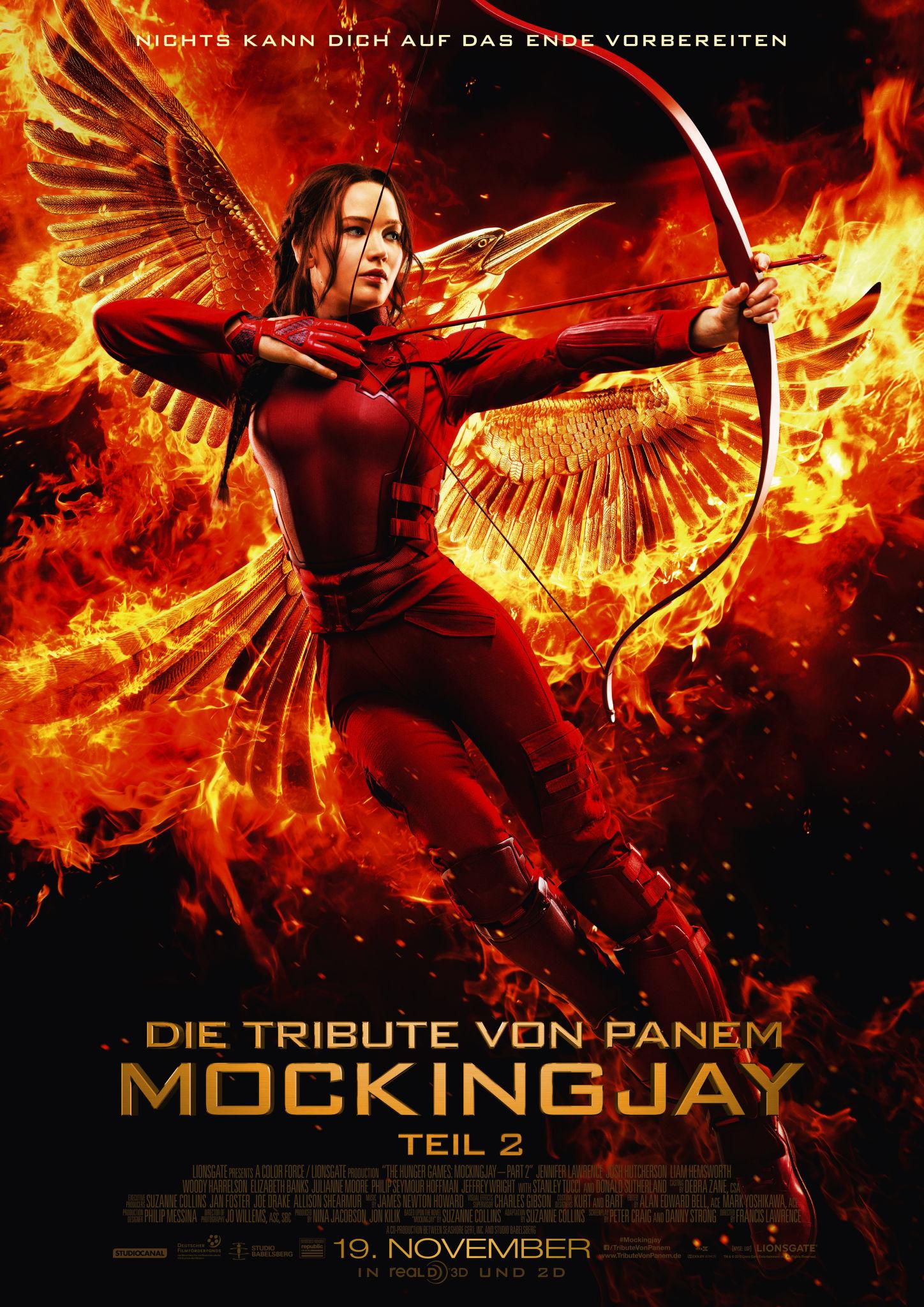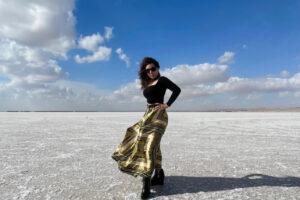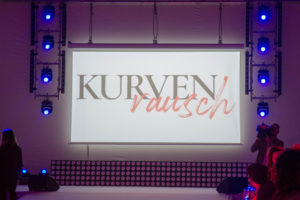I have been to both cities and noted down what I believe are the differences. I have heard from many people that they must be similar.
Seoul, the vibrant capital of South Korea, and Bangkok, the bustling heart of Thailand. At first glance, both cities may seem similar – modern skylines, bustling activity, and a blend of tradition and progress. But those who look closer will discover a wealth of differences that make each city a unique experience.
Culinary Worlds: From Kimchi to Pad Thai
First of all, the most fundamental and at the same time fascinating aspect of any culture: the food. The culinary traditions of Seoul and Bangkok could hardly be more different, yet they share one commonality – both are capable of delighting gourmets from all over the world.
In Seoul, much revolves around fermented foods, especially the famous kimchi. This national dish, made from fermented cabbage, comes in countless variations and can be found on every Korean table. The significance of cabbage in Korean cuisine goes far beyond kimchi. From soups to grilled dishes – cabbage is a cornerstone of the diet. Korean cuisine is characterized by its spiciness, often created through the use of gochujang, a fermented chili paste. Popular dishes like bibimbap, a rice bowl with various vegetables, meat, and a fried egg, or samgyeopsal, grilled pork belly wrapped in lettuce leaves, showcase the diversity of Korean cuisine.
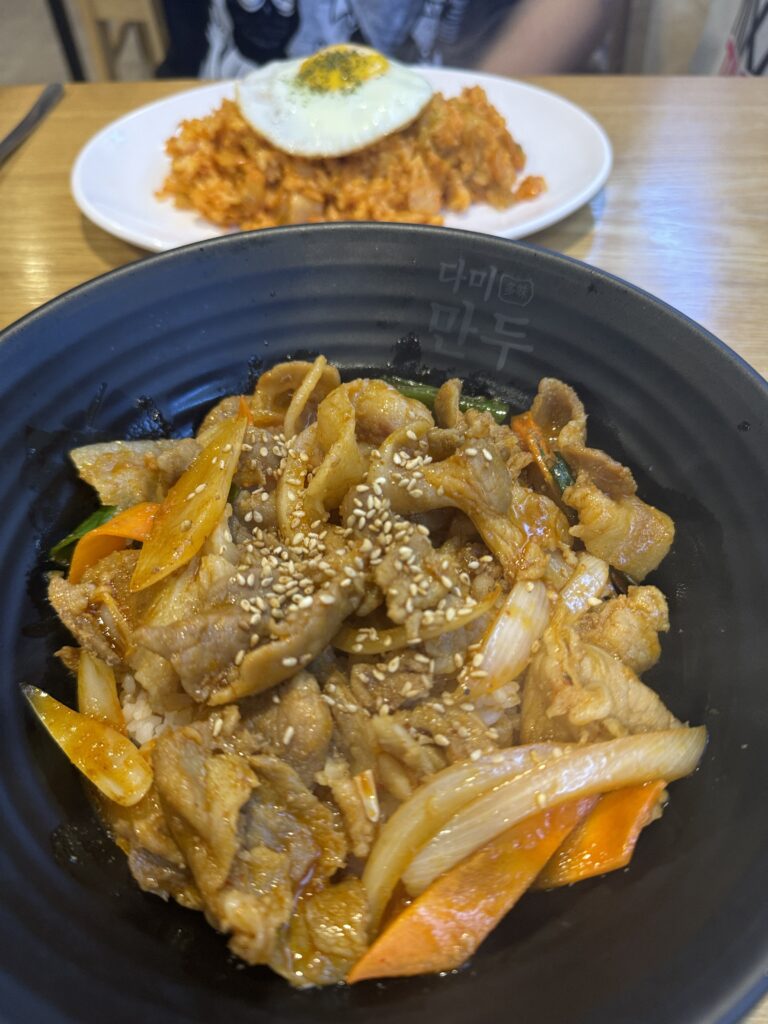
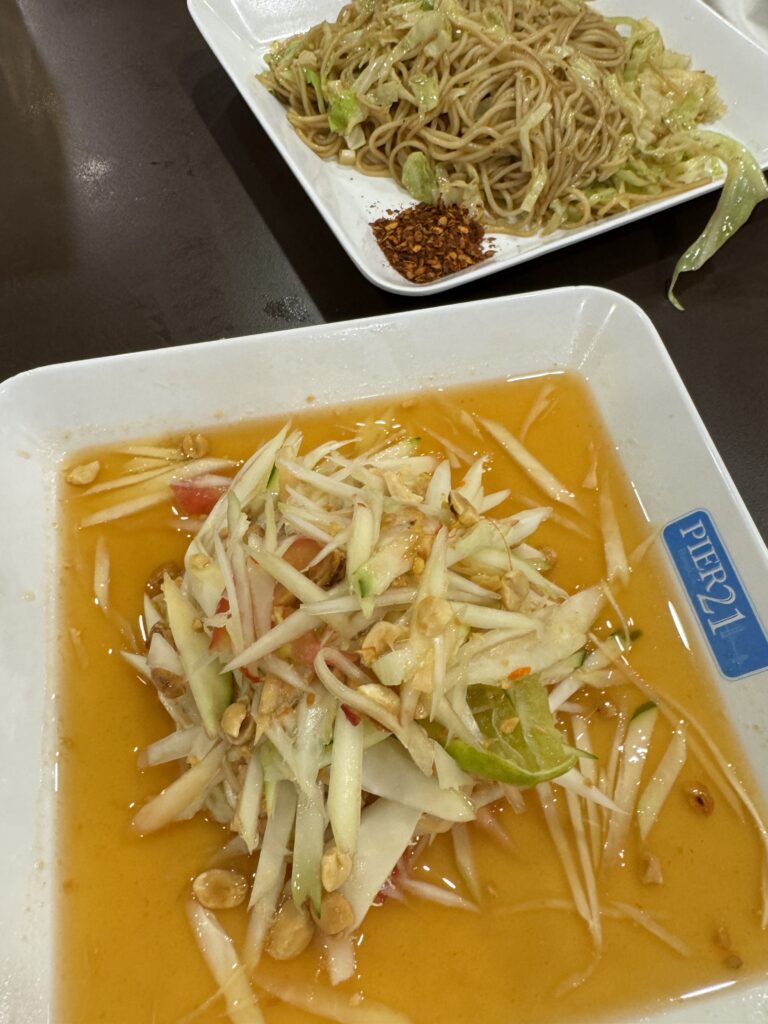
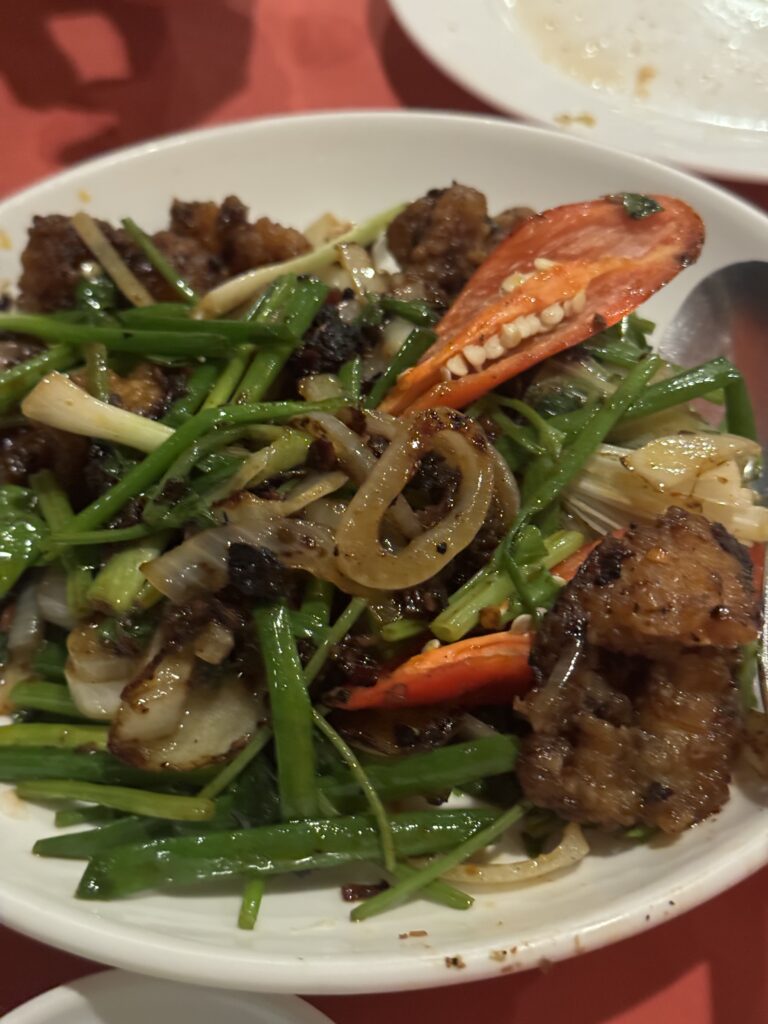
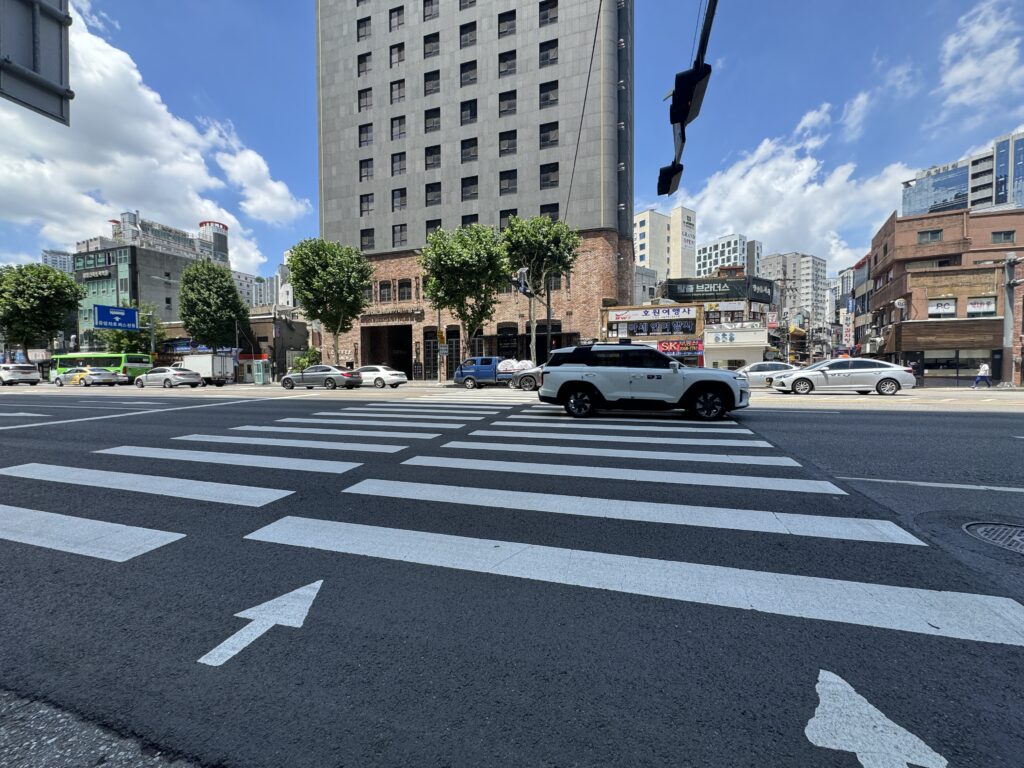
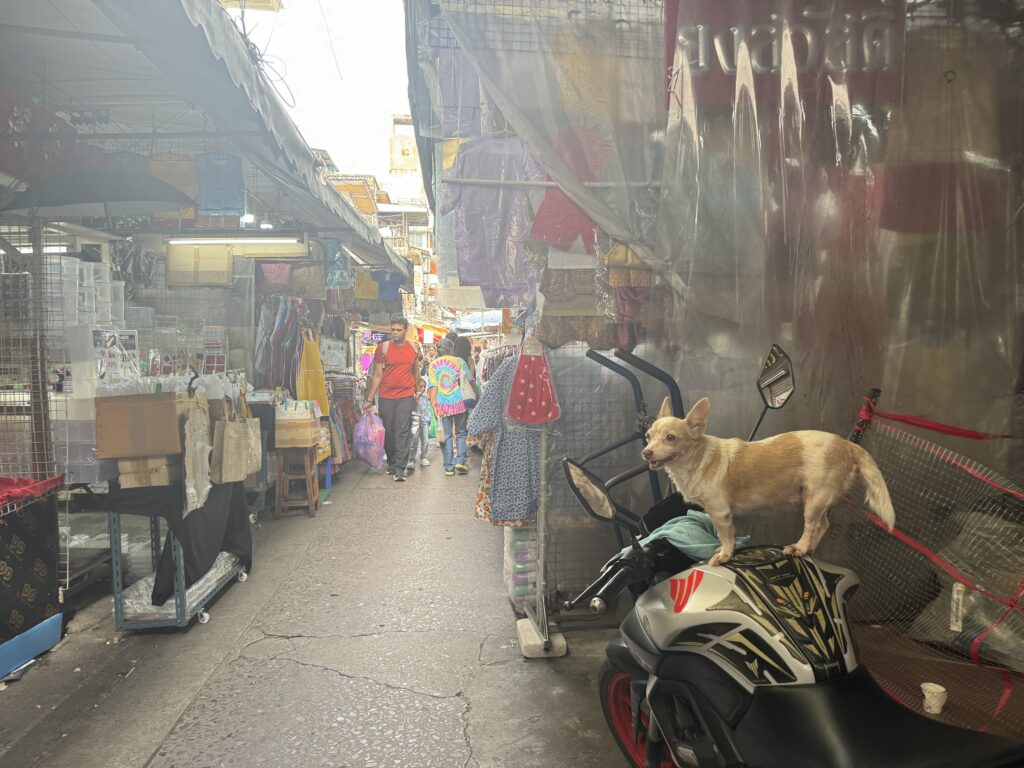
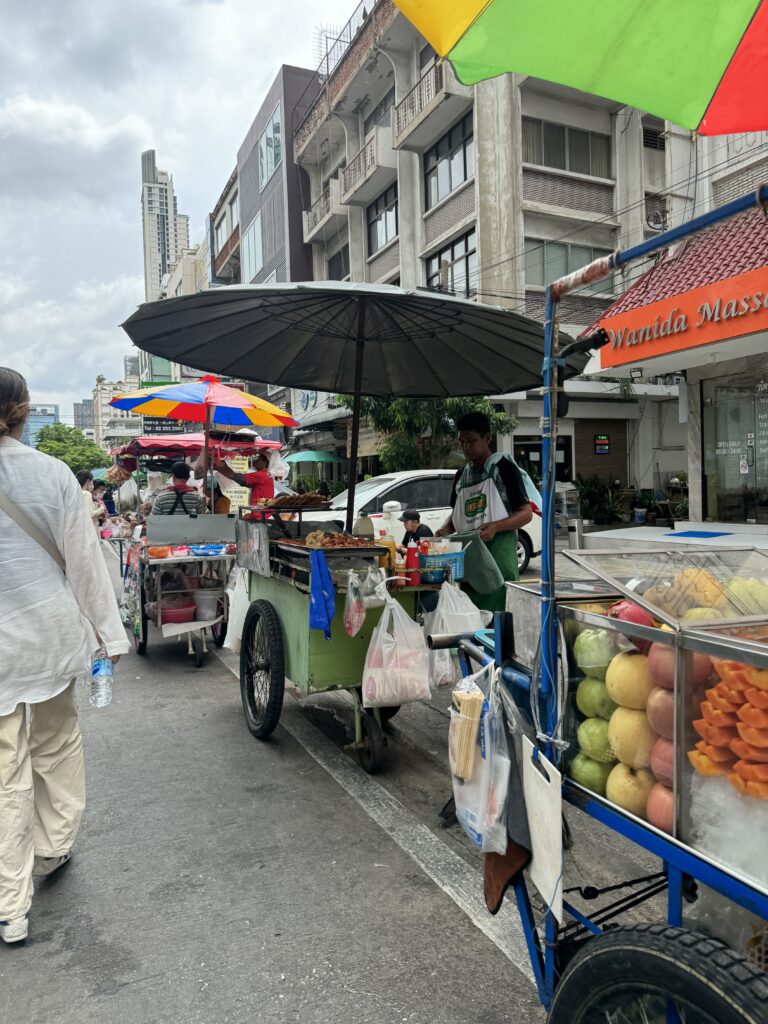
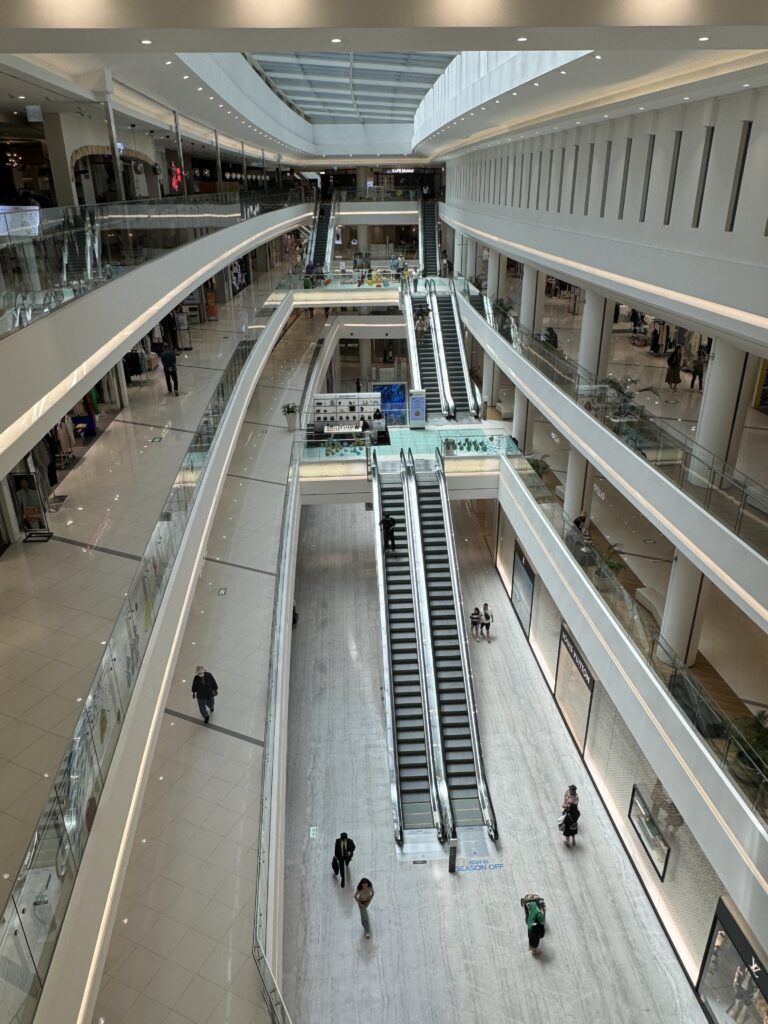
In Seoul, the 10-step skincare routine is not uncommon but rather a daily ritual for many. From face masks to essences and specialized treatments for every conceivable skin concern – the range of products is overwhelming. Beauty care holds a high value in Korean society and is often seen as an investment in one’s personal and professional future.
Bangkok, on the other hand, is in an interesting phase of catching up and reinvention. Traditional Thai beauty treatments, often based on natural ingredients, are meeting modern cosmetic innovations. Skin whitening plays a more significant role in the Thai beauty industry compared to Korea, reflecting cultural differences in beauty ideals.
While Seoul is already an established brand in the global beauty industry, Bangkok is developing into an emerging market with great potential. The city is increasingly attracting international cosmetic companies while also developing its own products and brands tailored to local needs.
Price Levels: Comparing Metropolises
The cost of living in Seoul and Bangkok differs significantly, offering interesting insights into the economic situation of both countries. Seoul is considered one of the most expensive cities in East Asia. Rental prices, especially in central locations, can reach astronomical levels. Food and dining out are also relatively expensive compared to many other Asian cities.
However, Seoul also offers excellent value for money in areas such as public transportation. The extensive and modern subway system is remarkably affordable despite its high quality. Additionally, healthcare in South Korea is very affordable and of high quality compared to many Western countries.
Bangkok, on the other hand, is known as a paradise for budget travelers and expats seeking a low-cost lifestyle in a metropolis. Street food provides delicious meals at prices often below one euro. Dining at local restaurants is also very inexpensive and of good quality. Accommodations in Bangkok are significantly cheaper in many neighborhoods compared to Seoul, although prices have risen in recent years.
Transport in Bangkok is also very affordable, especially if you are willing to use local transportation options such as buses or motorcycle taxis. Even taxis are very inexpensive compared to Western cities or Seoul.
It is important to note that the lower price level in Bangkok is also associated with a generally lower wage level. In contrast, the higher prices in Seoul reflect the higher average income of the population.
Fashion and Style: Trendsetters vs. Tradition
The fashion scene in Seoul and Bangkok could hardly be more different and reflects the respective cultural values and societal developments.
Seoul has developed in recent years into one of Asia’s most influential fashion metropolises. The Korean capital is known for its avant-garde and often minimalist style. K-Pop and K-Drama culture have a tremendous influence on fashion trends, not only in Korea but throughout Asia and increasingly globally.
In the streets of Seoul, one can see a mix of cutting-edge streetwear and elegant, often monochromatic outfits. Koreans place great importance on branded clothing and are often willing to spend a lot to keep up with the latest trends. Innovative materials and futuristic designs are not uncommon.
The fashion scene in Seoul is also closely linked with the technology industry. Smart clothing and wearable technologies find early acceptance here and are often worn as fashion statements.
Bangkok, on the other hand, presents a fascinating mix of tradition and modernity. In the streets of the Thai capital, you can see traditional Thai clothing alongside Western-inspired outfits. The city is known for its vibrant markets, where a variety of textiles and garments are offered at affordable prices.
In recent years, an exciting scene of local designers has also emerged in Bangkok, blending traditional Thai elements with modern designs. Sustainability and ethical fashion are gaining increasing importance, reflected in the use of local, eco-friendly materials and traditional craft techniques.
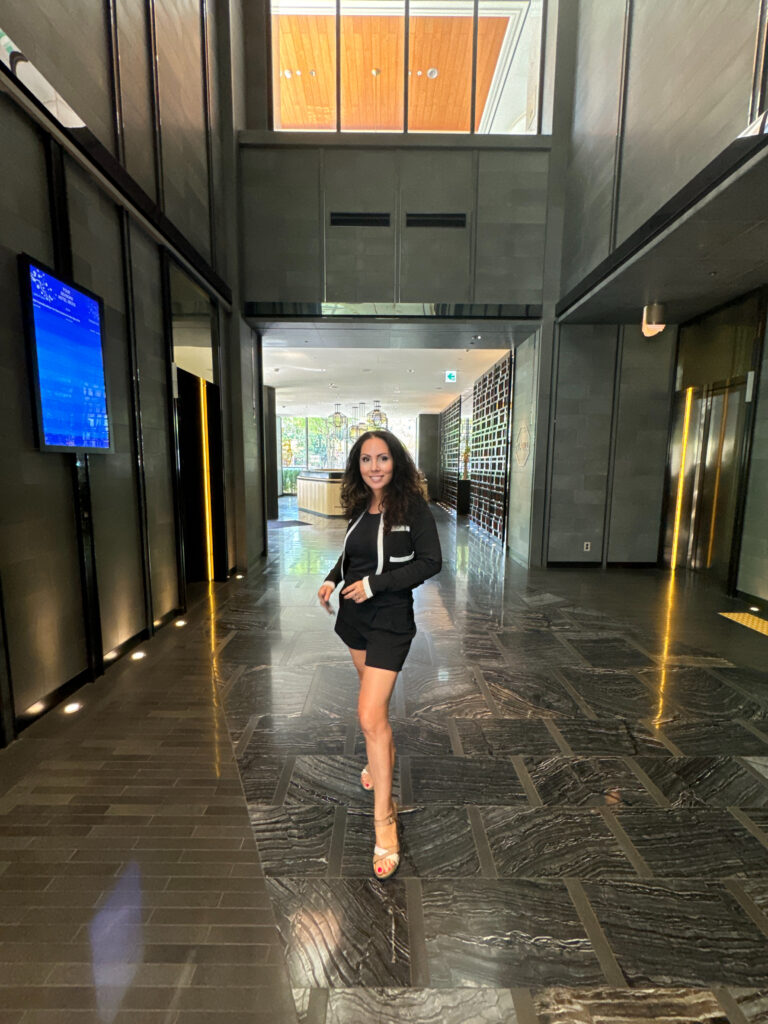
While the fashion scene in Seoul is often considered a trendsetter for all of Asia, Bangkok is characterized by a more relaxed and individualized approach to fashion. The diversity of styles and the blend of tradition and modernity make Bangkok’s fashion scene a fascinating reflection of Thai culture.
Customs and Traditions: Respect Meets Sanuk
The cultural differences between Seoul and Bangkok are particularly evident in daily manners and social norms.
In Seoul, Confucian traditions still play a significant role in daily life. Korean society is highly hierarchical, with age and social status having a major influence on interactions between people. This hierarchy is reflected in the Korean language, which has different levels of politeness for various social situations.
Bowling is a common form of greeting and showing respect in Korea. The depth and duration of the bow vary depending on the social context and the status of the individuals involved. In business situations, exchanging business cards is an important ritual, where the card is handed over and received with both hands.
Koreans place great importance on group harmony and indirect communication. Saying “no” directly is often considered rude; instead, subtler forms of rejection are preferred. This can sometimes be confusing for outsiders but helps to maintain the “face” of everyone involved.
In contrast, Bangkok presents a completely different cultural atmosphere. Thai culture is characterized by the concept of “Sanuk,” which means “fun” or “enjoyment.” Thais strive to find and spread Sanuk in all aspects of life—whether at work or in leisure.
The traditional Thai greeting, the Wai, where the palms are pressed together in front of the chest, is still widely practiced. Similar to Korea, there are also variations in its execution depending on the social status of the individuals involved.
In contrast to Korea’s strict view of time, Thailand has a more relaxed approach to time and commitments. The concept of “Thai Time” means that appointments and arrangements are often handled more flexibly. This may initially be unfamiliar to visitors from cultures with stricter views on time but reflects the generally more relaxed attitude towards life in Thailand.
In both cultures, respect plays a central role but is expressed in different ways. While respect in Korea is often shown through strict adherence to social norms and hierarchies, in Thailand, it is expressed more through general friendliness and efforts to avoid conflicts and maintain harmony.
Conclusion: Two Cities, Infinite Fascination
Seoul and Bangkok, two metropolises that could hardly be more different, yet both perfectly embody the fascination of Asia. From cuisine and transportation to fashion and cultural norms – every aspect of daily life reveals exciting contrasts.
While Seoul impresses with its efficiency, modernity, and trendsetter status, Bangkok enchants with its vibrant atmosphere, culinary diversity, and the ever-present spirit of Sanuk. Both cities offer unique experiences and insights into the rich cultural diversity of Asia.
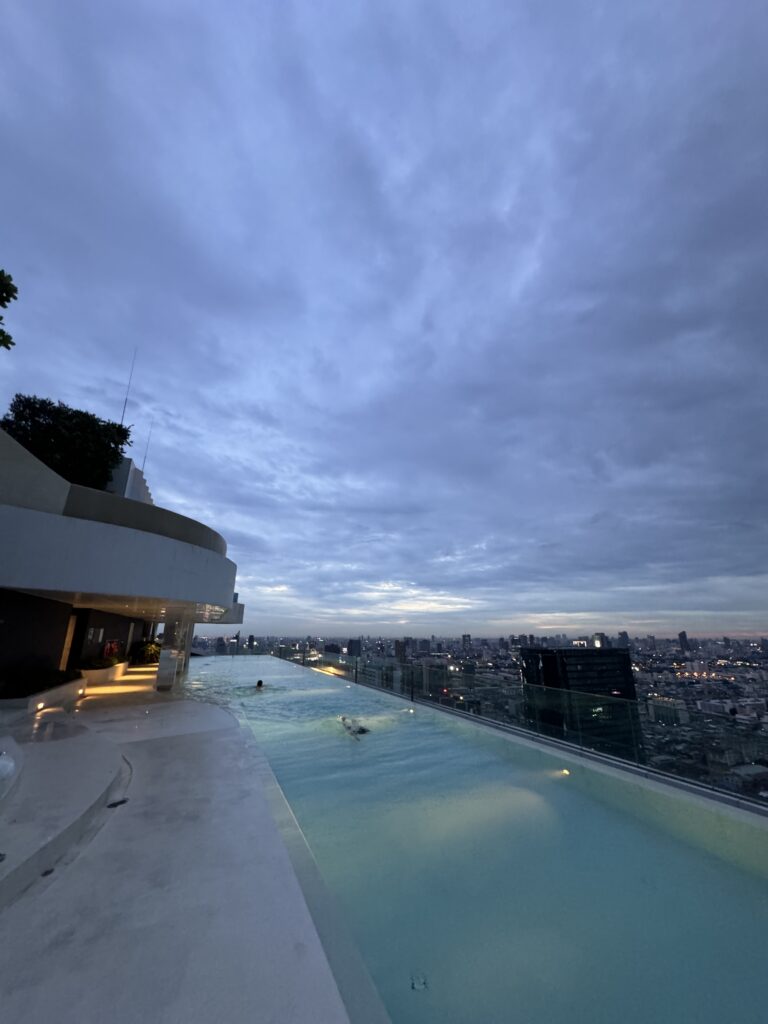
For travelers, both destinations offer endless opportunities for discovery and immersion in fascinating cultures. Whether exploring Seoul’s cutting-edge technology scene or losing oneself in the bustling streets of Bangkok, both cities promise unforgettable experiences.
The differences between Seoul and Bangkok vividly demonstrate the diversity and richness of the Asian continent. They remind us that there is not “one” Asian culture, but a fascinating array of traditions, lifestyles, and worldviews.

Hotel Recommendation: Seoul
Four Seasons Hotel Seoul
The hotel’s spa is a paradise for beauty enthusiasts. Inspired by Korean traditions and state-of-the-art treatment methods, the spa offers a range of services designed to make you shine from head to toe. After your treatment, you can relax in the indoor pool, which, with its panoramic view of the city skyline, is the perfect spot for an Instagram-worthy photo. And when it comes to views, don’t miss the sunset at the rooftop bar, Charles H. Enjoying a handcrafted cocktail while the city glows in the evening light is an experience you won’t forget quickly.

Culinary Delights at Four Seasons Seoul
The Four Seasons Hotel Seoul is not only a paradise for beauty enthusiasts and luxury travelers but also a highlight for gourmets. The hotel offers an impressive selection of restaurants, presenting both international cuisines and Korean flavors.
The Chinese restaurant, Yu Yuan, serves exquisite Cantonese dishes in an elegant setting inspired by a distinguished house in Shanghai.
For those who prefer Italian cuisine, Boccalino offers authentic wood-fired pizzas and homemade pasta in a stylish, modern ambiance.

Sushi lovers should not miss Akira Back – here you can expect a unique and creative dining experience with modern Japanese cuisine and a hint of Korean flavors that will stimulate your senses.
However, the true highlight is The Market Kitchen, a restaurant concept focusing on fresh, market-sourced ingredients that takes you on a culinary journey around the world. Here, you can try everything from Korean classics to Western favorites, all with a gourmet touch.
For a more relaxed atmosphere, visit Maru, the lobby lounge, where you can enjoy afternoon tea or light snacks while watching the hustle and bustle. Don’t forget to end your evening at Charles H., the 1920s-style speakeasy bar named after the legendary bon vivant Charles H. Baker, where expert bartenders craft some of the best cocktails in Seoul. Whether you’re a seasoned gourmet or just seeking an unforgettable meal, the Four Seasons Seoul ensures that both your skin and your taste buds are pampered.





